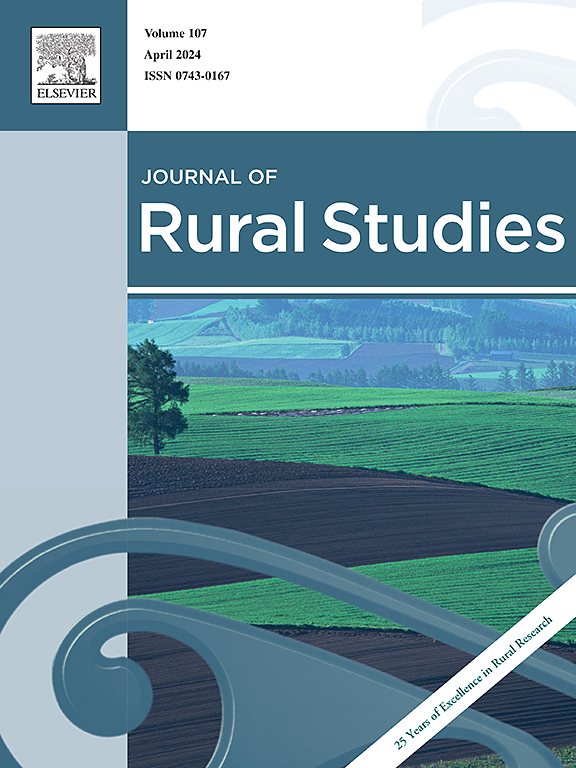Heterogeneous impacts of statewide policies across urban and rural markets: Evidence from liquor sales
IF 5.1
1区 社会学
Q1 GEOGRAPHY
引用次数: 0
Abstract
This article analyzes and compares changes in liquor sales across urban and rural markets that occurred in response to COVID-19 pandemic and the associated shutdown policies. The data includes every liquor sales transaction, by type (retail store vs. bars and restaurants), month, and location in the State of Idaho. The data facilitates an analysis of the differential dynamic effects of COVID-19 on sales through retail and wholesale (i.e., bars and restaurants) market channels differentiated by urban and rural regions, estimated at the individual-outlet level. Controlling for persistent seasonal fluctuations in liquor consumption, retail liquor sales surged during the peak of the stay-at-home policies, while bar and restaurant sales declined markedly. As bars and restaurants began to reopen, substantial differences occurred between urban and rural areas, including the persistence of reduced sales to bars and restaurants. This suggests that statewide pandemic policies, which were more focused on addressing conditions in urban areas, may have benefitted from greater regional differentiation tailored to idiosyncrasies of rural populations.
全州政策对城市和农村市场的异质影响:来自酒类销售的证据
本文分析和比较了在应对COVID-19大流行和相关的关闭政策时城市和农村市场的酒类销售变化。这些数据包括每笔酒类销售交易,按类型(零售店与酒吧和餐馆)、月份和爱达荷州的位置分列。这些数据有助于分析2019冠状病毒病对城乡不同零售和批发(即酒吧和餐馆)市场渠道销售的差异动态影响,并在个体门店层面进行估计。在控制了酒类消费持续的季节性波动后,在“居家政策”高峰期,酒类零售额飙升,而酒吧和餐馆的销售额则明显下降。随着酒吧和餐馆开始重新开业,城市和农村地区之间出现了巨大的差异,包括酒吧和餐馆的销售额持续下降。这表明,更侧重于解决城市地区状况的全州大流行病政策可能受益于针对农村人口特点的更大区域差异。
本文章由计算机程序翻译,如有差异,请以英文原文为准。
求助全文
约1分钟内获得全文
求助全文
来源期刊

Journal of Rural Studies
Multiple-
CiteScore
9.80
自引率
9.80%
发文量
286
期刊介绍:
The Journal of Rural Studies publishes research articles relating to such rural issues as society, demography, housing, employment, transport, services, land-use, recreation, agriculture and conservation. The focus is on those areas encompassing extensive land-use, with small-scale and diffuse settlement patterns and communities linked into the surrounding landscape and milieux. Particular emphasis will be given to aspects of planning policy and management. The journal is international and interdisciplinary in scope and content.
 求助内容:
求助内容: 应助结果提醒方式:
应助结果提醒方式:


